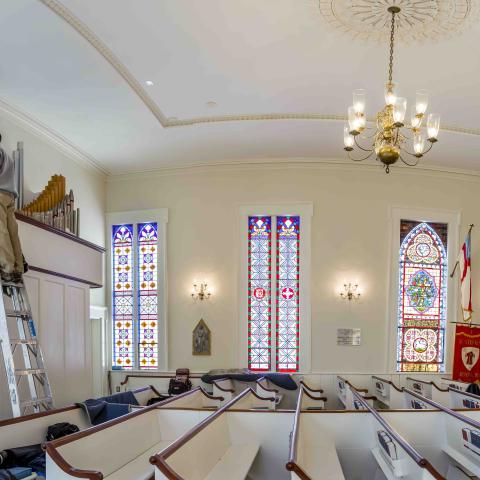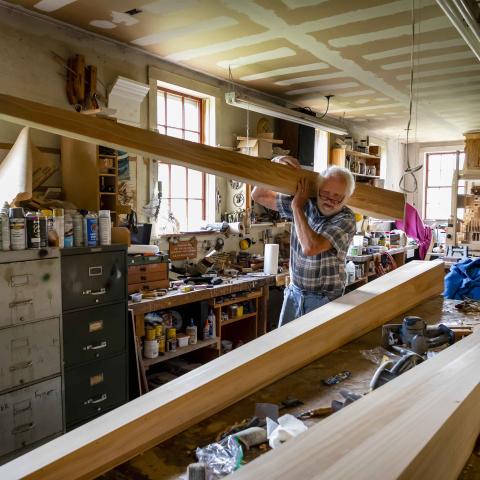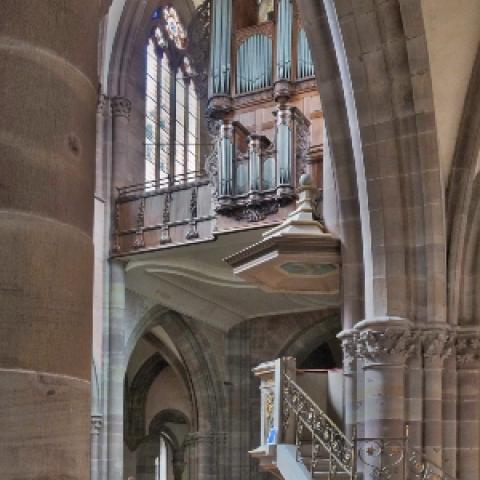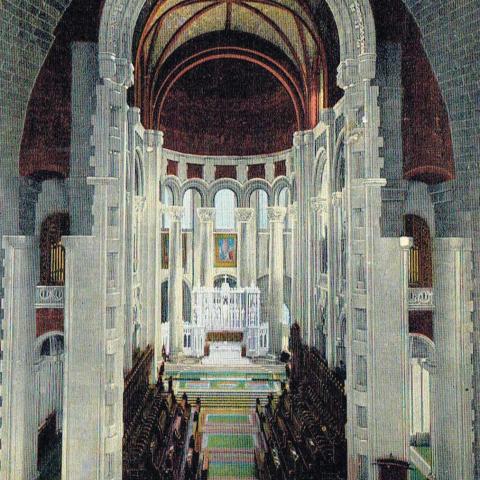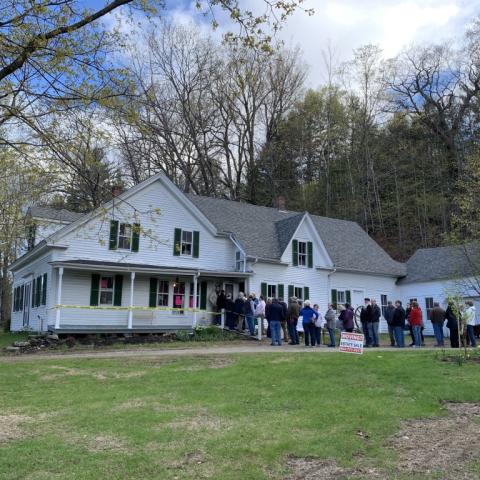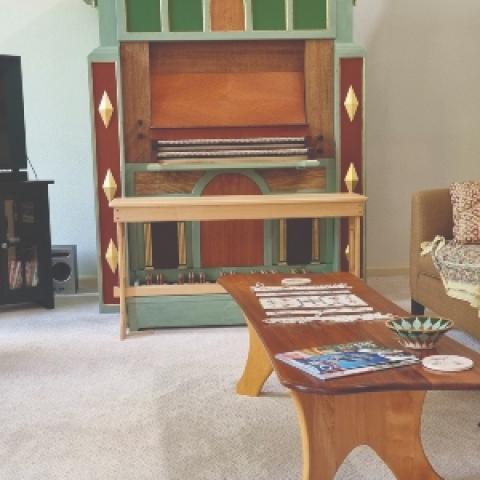Steve Riskind, an independent photographer based in Ridgewood, New Jersey, is best known for his portraits of classical musicians. In recent years he has concentrated on artisans and fine artists at work, capturing the relationship between skilled creators and materials. As a long time lover of pipe organ music, photographing organbuilders has been a wonderful addition to this project. Steve Riskind’s book “art | commerce: four artisan businesses grow in an old New Jersey city” has just been published. Visit: www.steveriskind.com.

Editor’s note: the first two parts of this series are found in the August 2020 issue of The Diapason, pages 12–13, and in the October 2020 issue, pages 16–17.
This is the final installment in a series of photographs of two pipe organ builders. Peragallo Pipe Organ Company in Paterson, New Jersey, was one of four firms I photographed for a series about small artisan businesses, and these images were later incorporated into my book, “art | commerce.” The second organbuilder, A. David Moore, Inc., of North Pomfret, Vermont, was suggested to me by the staff of The Diapason as a contrast because of their very different approach to creating a pipe organ.
My interest in photography has taken two directions. The first is looking at our industrial landscape. This interest grew naturally from my first photography studies in Chicago with Robert Donald Erickson, a brilliant and extremely creative photographer, graphic designer, and teacher. Erickson’s own work explored Chicago’s Loop, bridges, and the people who inhabited Chicago in the mid-twentieth century.1 While Bob Erickson never encouraged us to photograph the subjects he chose, I am certain that he was responsible for my early love of high-contrast, structured, and often grainy black and white images. Growing up in Chicago, it was easy to love the urban landscape.
My second interest in photography is portraiture, a love that came later in my life. For many summers I photographed musicians at the Marlboro Chamber Music Festival in southern Vermont. These two interests—landscape photography and portraiture—fused in the exploration of small artisan businesses.
A visual artist I was photographing once spoke of artists as “transforming their materials.” This description, I have since come to realize, defines what I am trying to capture when I photograph artisan businesses. Indeed, organbuilding is about skilled people transforming materials into musical instruments. In photographing each organbuilder, I was attempting to bring this transformative process to life.
As discussed in the two previous introductions, David Moore’s operation is very different from that of the Peragallo Pipe Organ Company. But for both organbuilders, the act of transformation is a critical part of their work. My goal in this series has been to show artisans in their work settings, in effect, the landscape, and to show the intensity of skilled people at work. This is not classic portraiture. The subject is not interacting with the camera (and ultimately the viewer), but rather with the task. Lighting, finding a background that is informative and not distracting, and managing the depth of field so that the most important part of the image is in focus, are key elements as I record my subjects at work. Viewing the photographs on the computer and then deciding how to improve the images taken on the next visit is critical. Out of the hundreds of pictures in a typical photo shoot, a good day is when ten percent of the images are “keepers.”
I learned so much more about organbuilding in my interactions with David Moore and the Peragallos. This project has been a joy—the opportunity to photograph intelligent and skilled people building pipe organs, an instrument I have loved since my high school days. It is a pleasure to share these photographs with readers of The Diapason.
Notes
1. See The Lens of the Total Designer, by Robert Donald Erickson and Diane Erickson, published by The Stephen Daiter Gallery, Chicago, Illinois, 2003.
All photographs by Steve Riskind.
Photo: Panorama of the A. David Moore main shop area
Peragallo Pipe Organ Company
Telephone: 973/684-3414
Email: john4@peragallo.com
A. David Moore, Inc.
Telephone: 802/457-3914
Email: admooreinc@gmail.com

